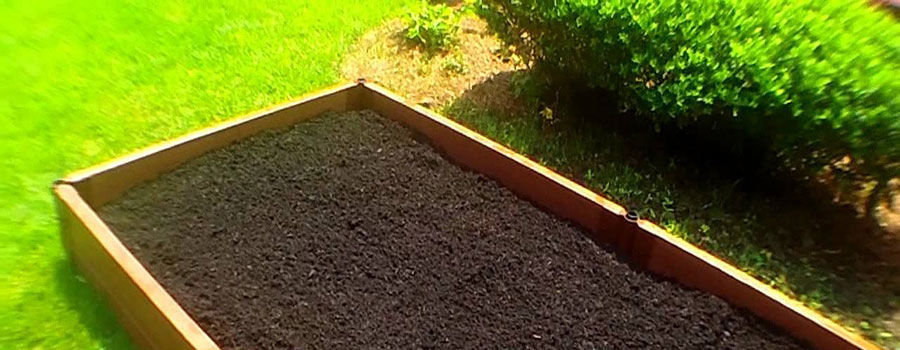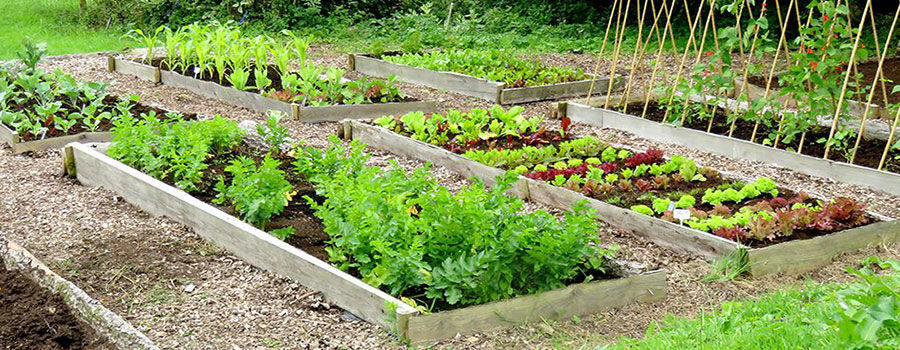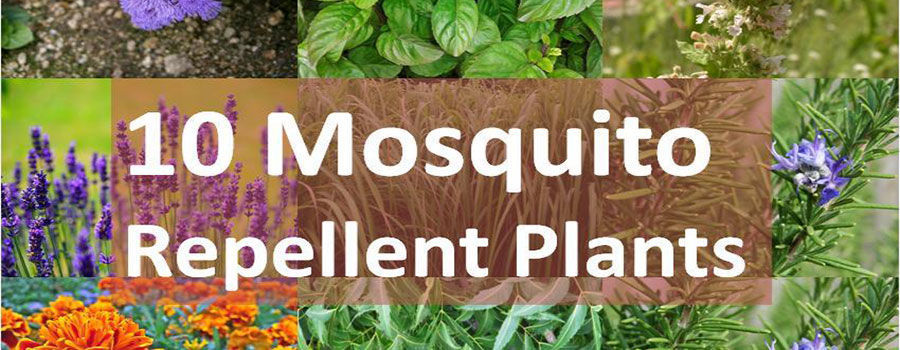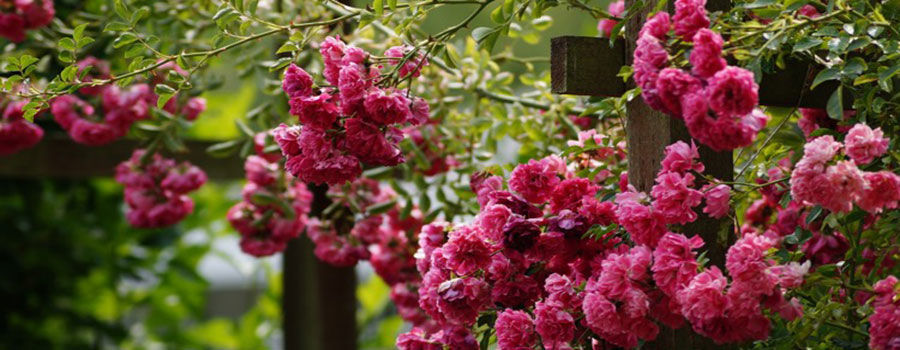Raised bed gardening is the most convenient way to garden your favorite vegetables and plants in small space. It is best suited for the people who love to have their kitchen garden but feel trouble in bending, stooping and kneeling. The significant advantage of this method extends in fact; you can adjust the size and height of the raised bed according to your ease and comfort. In comparison to the row cropping method, raised beds efficiently delivers four times the amount of produce that too with the minimum efforts.
As a gardener, we all love to see the early season growth and distinctly, this is possible with the help of the raised bed gardening method. You can quickly decide on the size of the beds and cover them beautifully with the rock, wooden or metal frames, but the primary step resides in filling your fabulous creation with the right soil. It is true, raised beds can do wonders, but only when you have the right soil mixture prepared in them. Notably, soil mixing is a crucial step that lays the strong foundation for healthy plants and vegetables, so make sure not to make any mistake preparing the best-suited soil.
Further, if you plan to grow a variety of plants and vegetables in your kitchen garden, make sure you settle the soil mixture separately for each bed.
To clear all doubts, let's understand the procedure of mixing the soil in detail-
Step 1 | Focus on the growing medium
Be clear with this; add approximately 50 % of your growing medium with the compost to get the best results. Compost, also known as black gold is the rich organic matter that boosts the health and growth of the plants. The primary purpose of adding compost is to provide the perfect platform for microbial growth.
You can go for the two types of compost available:
Animal-Based Compost: It provides the vital nutrients that are required for the healthy growth. Animal compost adds much of organic matter to the soil which in turn improves the overall soil structure, water drainage, and the microbial activity. Please note, not all animal composts are good. For an example dog, cat, and pig manures are not at all usable. You can seek the best results from the compost obtained from worms, fish, livestock and even bats.
Plant-Based Compost: It is the mixture of wood chips, straws, grass clippings, kitchen scraps, leaves, and sometimes the egg shells. Plant-based composts have low to moderate values of Nitrogen-phosphorous-potassium, but their nutrients become quickly available for the plants to flourish the rapid growth.
For the remaining 50 %, you can prefer adding coconut coir which is a natural fiber obtained from the coconut husks. The idea of mixing coconut coir is to make the soil aerated while capturing the best of the moisture and nutrients.
Coconut coir helps in attaining a neutral pH level for the plants which demand non-acidic environment for their growth. Further, if you are planning for the plants like strawberries or blueberries, employ peat or sphagnum that significantly helps in creating an acidic environment fit for them.
Step 2| The Plant Food
Now when you have prepared your soil with mixing the growth medium, it’s time to focus on the other important parameter- the plant food. Adding the below-mentioned products will ensure the best growth for your seedlings to turn them into a mature and nutrient-rich plant.
1. Azomite: It is necessarily the rock dust that has lots of trace elements and minerals needed for the healthy growth.
2. Fish Emulsion Water: The use of this is optional, but it can rapidly boost up the level of potassium, nitrogen, phosphorus along with the trace elements.
3. Worm Castings: Great food and soil-enricher for your plants that provides a better source of nitrogen and aid in attracting more worms to the garden.
4. Mycorrhizal Fungi: Normally, it is already available in the soil, but the external addition helps in creating a strong fungus web that further supports in feeding the roots of the plants.
After getting the soil ready, you can start the plantation process bringing the suitable varieties of plants which you want to grow. While filling the beds, always remember to leave a gap of an inch or two for adding the mulch. The mulch does not need to be added early in the season when the weather remains mild, and you focus on drying the soil, but surely, you will wish to add it later to combat the weeds and summers. Additionally, it also helps to retain the moisture and minimizing the nutrient loss of the soil.
Considerably, preparing the soil for raised beds is easy if you have the right information in hand. It should always be contemplated what crop you are planning to grow in the beds as some require less water with an acidic environment, while the others need more water with a neutral environment. Notably, not all the plants grow with the same soil composition, for excellent results, the soil should be prepared by keeping the separate needs of the plants in mind.
Also, while layering the soil, make sure you do not pat it hard to form an even and tight surface. Plants always prefer to grow and spread in the loose soil that can provide them enough aeration and space with the minimum hindrance. So, try to keep the soil as fluffy as possible and get ready to enjoy the ultimate result of your efforts.










































